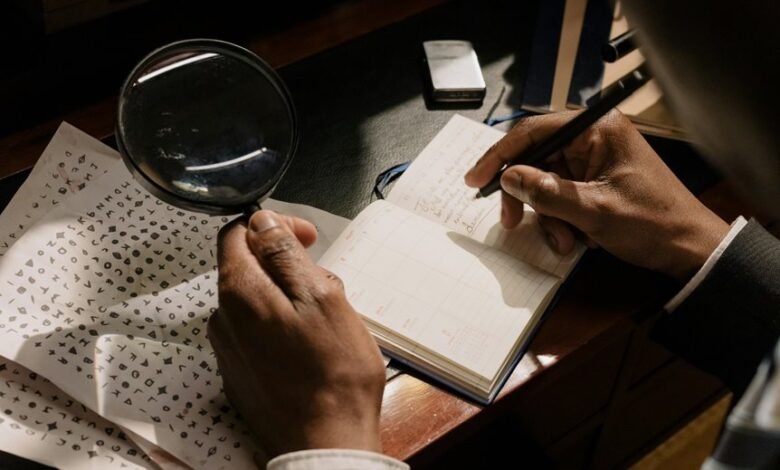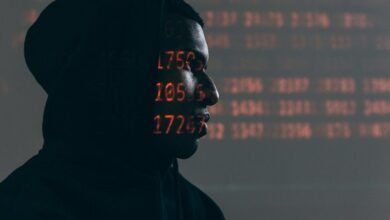Sports Harmonicode: Decoding the Sports Code

In competitive sports, nonverbal communication plays a pivotal role in team dynamics. Athletes rely on gestures and body language to convey strategies and emotions, often surpassing verbal instructions. Coaches, in turn, adapt their communication styles to enhance this understanding, fostering trust and collaboration. This intricate interplay raises questions about the depth of these unspoken connections. How do these elements collectively influence performance outcomes in high-stakes environments? The exploration of this "sports code" could reveal surprising insights.
The Language of Signals: Understanding Gestures and Body Language
In the world of sports, nonverbal communication often speaks volumes, with various gestures and body language conveying critical information that transcends spoken words.
Gesture interpretation is essential for athletes, as subtle movements can indicate strategies or emotions, fostering teamwork.
Understanding body language enhances performance, enabling players to read opponents and allies alike, creating a dynamic interplay that defines success on the field.
The Role of Coaches in Communicating Strategy
How effectively do coaches communicate strategy to their athletes? The efficacy of coaching styles greatly influences strategic alignment within teams.
Coaches who adapt their communication methods can enhance understanding and execution of strategies. Clear articulation of goals and expectations fosters a shared vision, empowering athletes to operate cohesively.
Ultimately, effective communication is vital for translating strategic intentions into actionable performance on the field.
The Emotional Connection: How Unspoken Words Build Team Chemistry
A profound emotional connection exists among athletes that transcends spoken language, significantly influencing team chemistry.
This silent bonding fosters a deep emotional resonance, allowing players to intuitively understand one another's actions and motivations.
Such unspoken communication enhances collaboration and trust, creating an environment where individuals feel empowered to perform freely, ultimately leading to elevated team dynamics and shared success on the field.
Conclusion
In conclusion, the intricate interplay of intuitive indicators, gestures, and group dynamics fosters formidable team cohesion. By recognizing and refining the subtleties of nonverbal cues and emotional ties, athletes and coaches alike cultivate a collaborative culture. This harmonious communication not only enhances individual performance but also elevates the collective spirit of the team. Ultimately, decoding the sports harmonicode illuminates the essential elements that underpin success in the fiercely competitive arena of sports.





